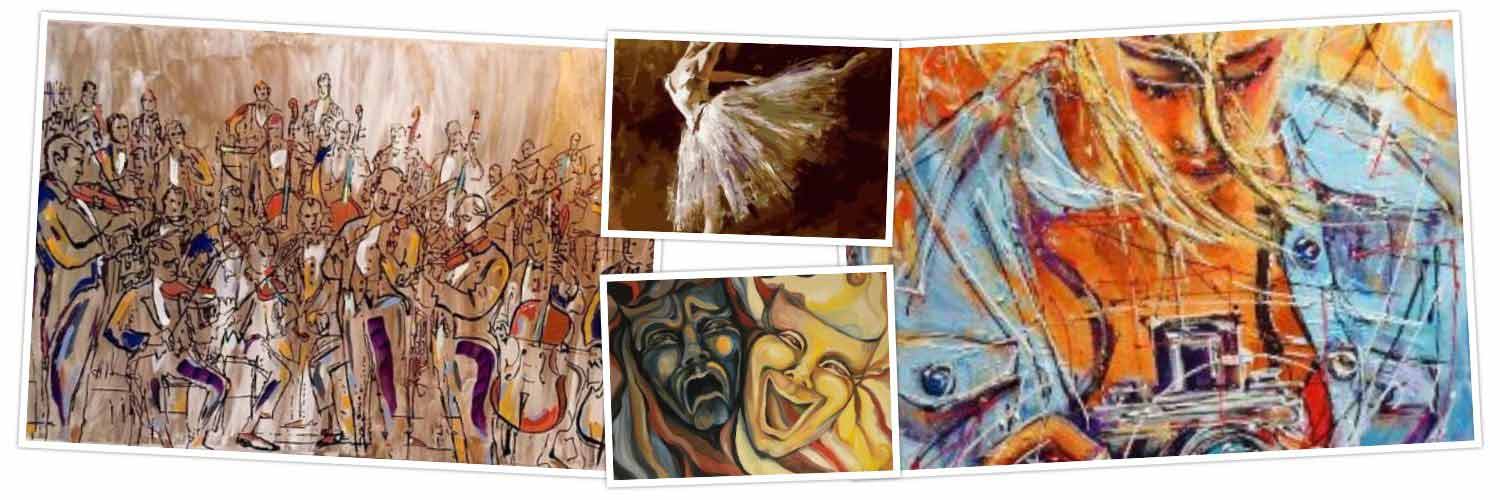Cubism Revisited
By JASMINA WELLINGHOFF, Editor
We are all familiar with the term “modern art” but defining it and its beginning is a bit of a challenge.
“That’s a tough question. Different people define it in different ways,” said Lyle Williams, the McNay Art Museum’s Curator of Prints & Drawings, and Curator of Modern Art. “Some people say modern art began with the Renaissance; some people say it began with Cezanne. It just depends on your perspective.”
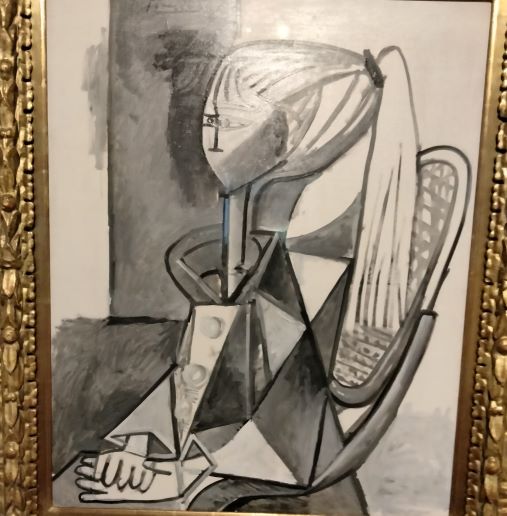
Williams agrees with the latter definition. “He, Cezanne, had a different way of seeing and painting that was a huge influence on 20th century artists, including the Cubists He rejected the one-point perspective and he was trying to show the objecthood of things, which is a big part of 20th century modernism; he used a fractured perspective. He’s certainly the forerunner of Cubism.”
But the best know Cubist artists are the Spaniard, Pablo Picasso, and the Frenchman, Georges Braque, both of whom lived and worked in Paris in the early part of the 20th century. Together with other like-minded artists, they rejected representation and adopted a more preconceptual approach to their subject matter. French poet/playwright, Guillaume Apollinaire, wrote that they were “painting new structures out of elements not borrowed from sight, but from the reality of insight.”
The current McNay exhibit, Picasso and Braque: Radicals, isan exhibit thatexplores the development of their work as well as their extended influence on American art.
“Cubism had a life beyond those two artists and beyond that time frame of early 20th century,” explained Williams, who curated the show. “Cubism in the United States had a long life, well into the 1950s, and I wanted to show that side of Cubism, too.”
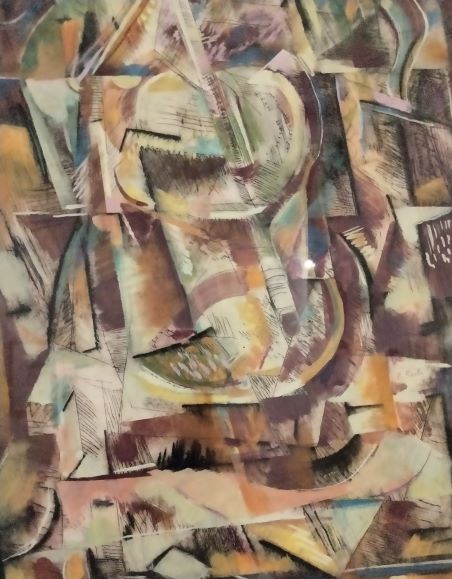
Among the prominent American Cubists, he mentioned Burgoyne Diller (1906-1965), Fannie Hillsmith (1911-2007) and Bill Riley (1930-2014). Also included in the show are Chester Toney, John Marin, Reuben Haley, Stuart Davis, George Morris, Henry Varnum Poor, and a few others, who, altogether, prove the lasting influence of Cubism among American artists of the 20th century.
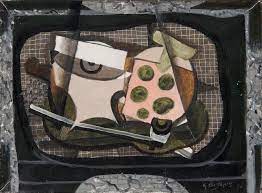
In addition, to works by Picasso and Braque – including some of their most famous pieces – the European group includes French painters, Louis Marcoussis, Jean-Emile Laboureur, Alexandra Exter, Albert Gleizes and Belgian Henri Van Straten. The famed Russian painter, Natalia Gontcharova is also represented by her Spanish Dancer Marionette.
So, how did the American Cubists modify and adapt the style to American themes?
“It was different for each artist,” Williams pointed out. “For instance, Bill Riley, a San Antonio artist who taught at Incarnate Word College for nearly 20 years imparted to his Cubism a sort of a playful edge. He took elements of Cubism, but his work is not as cerebral as Picasso’s and Braques’s. Those artists (in France) were interested in different ways of seeing, so X-Rays, that were fairly new at the time, were fascinating to them. They were interested in what was happening beneath the surface. X-Ray technology gave them a way to think about that.”
All 33 exhibited pieces in the gallery come from the McNay’s own collection. “Picasso is one of the best represented artists in our collection,” said the curator who has been at the McNay for 30 years. “We have fewer Braque pieces but he is beautifully represented with his early Cubist works which are the highlight of the exhibit. It’s not every day that you get a chance to see these works in a museum.”
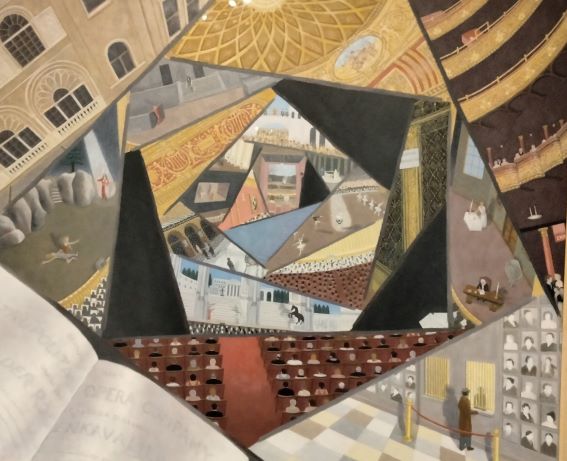
In an adjacent gallery hangs another modern art exhibit, Georgia O’Keeffe and American Modernism, featuring the paintings of O’Keefe, known as “the mother of American Modernism,” and easily one of the best-known American artists of the past century. Her canvases depict landscapes, both natural and built by human hands and machines, in a way that combines representation and abstraction. She is also known for her unique rendition of flowers, and sun-dried animal skulls. O’Keeffe was also a teacher, who, according to info on the museum’s site, taught art classes in Canyon, Texas for two years, 1916-18. Some of her art was greatly influenced by the landscapes of the region.
Was the Cubist exhibit conceived as a sister show to the O’Keeffe display? We asked.
“That was certainly part of the thinking,” acknowledged Williams, who also participated in the creation of that show. “We have always championed American women artists since our museum was founded by a woman artist,” he noted.
——————————————————————————————————————–
On view through Sept. 4, 2022; McNay Art Museum,, Lawson Print Gallery, 6000 N. New Braunfels, 78209; free admission every Thursday from 4 to 9 p.m., and every first Sunday of the month. Regular adult admission is $20.; 210-824-5368)
